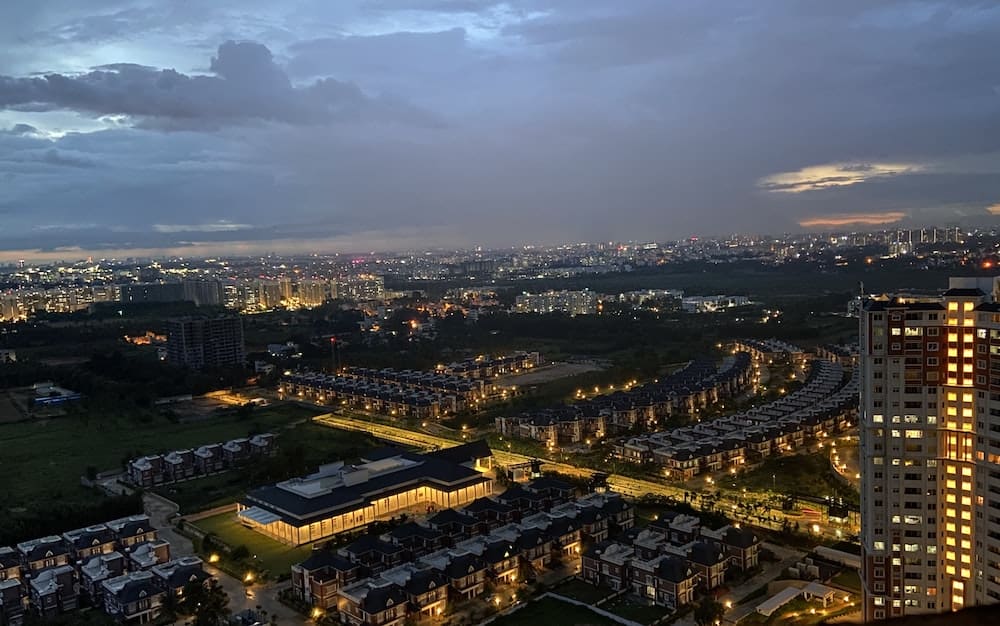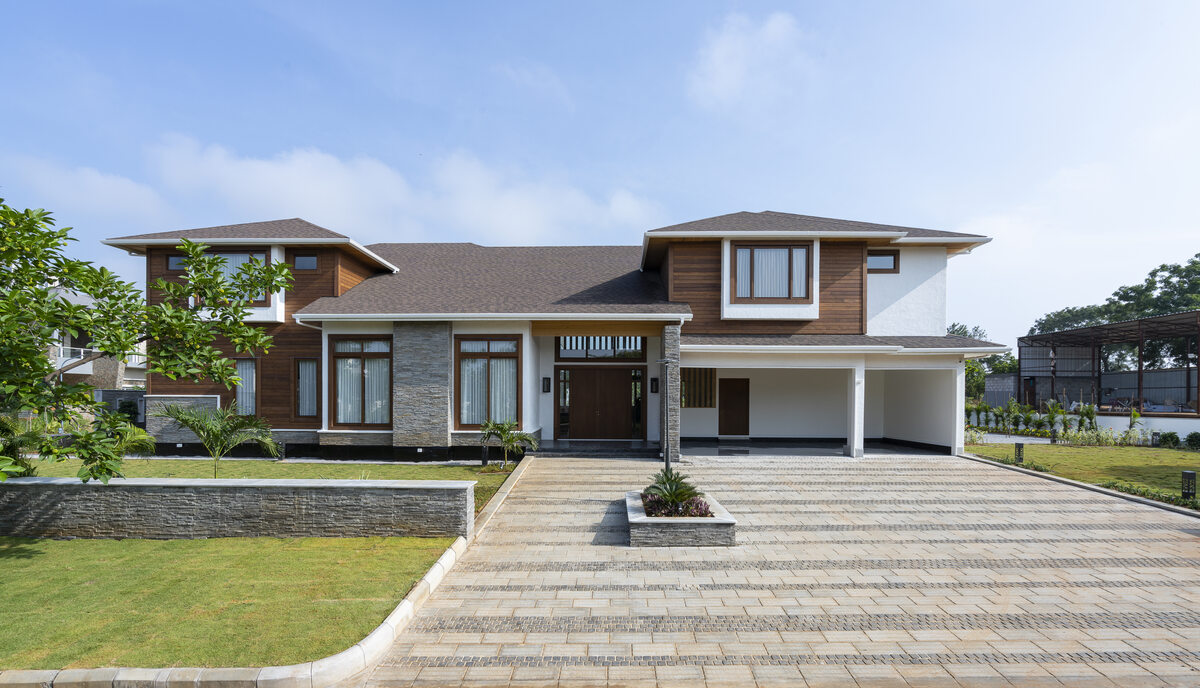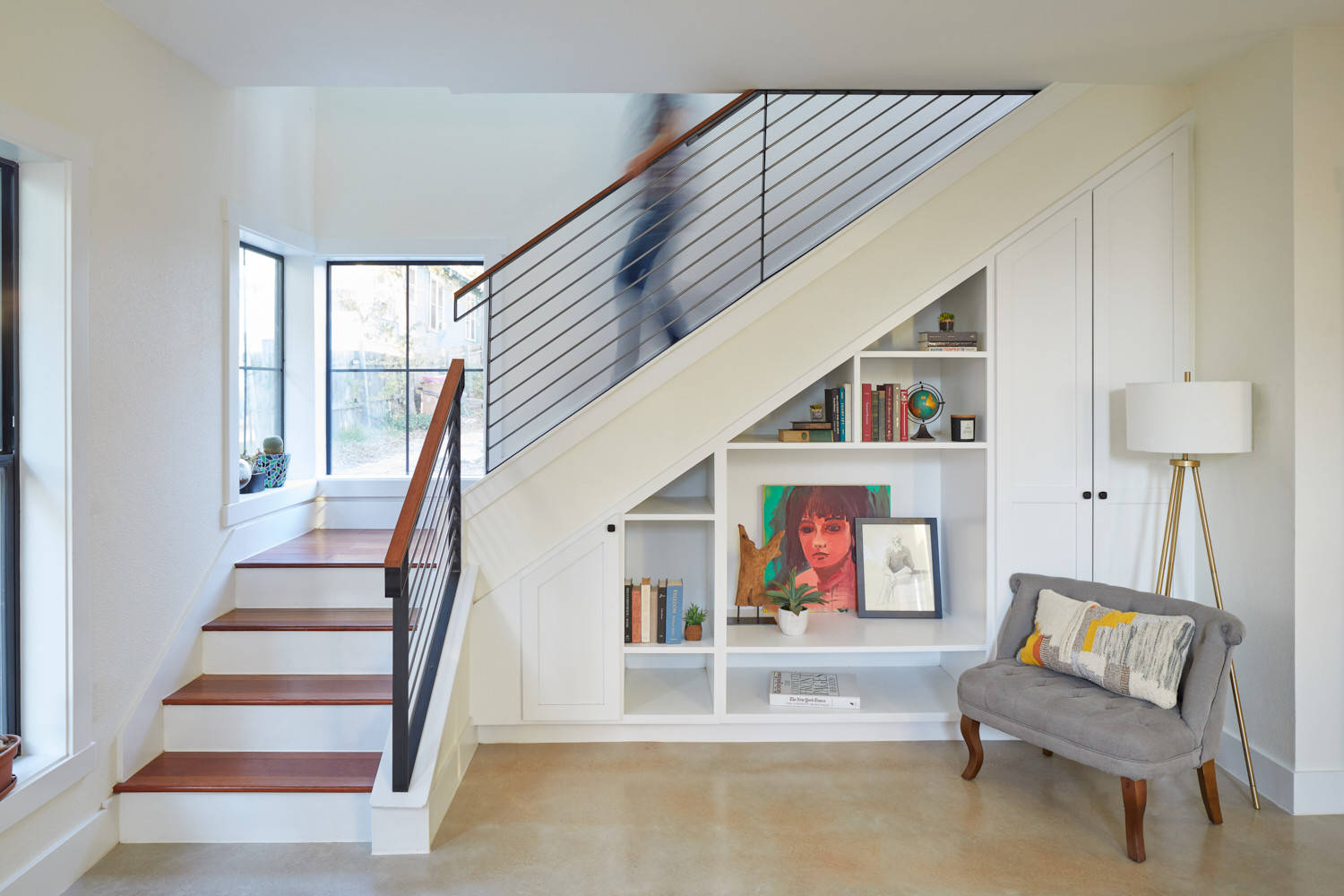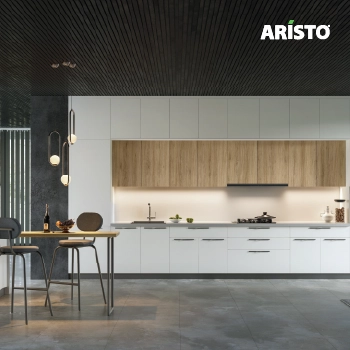Biophilia means humans’ irresistible urge to form a connection with nature. Biophilic living is the big “B” word in the era of mindful and sustainable living. It is where the people living in urbanised areas adopt a way of life that complements nature rather than opposing it. Housing and decor are one of the few areas where you can observe its influence.
A biophilic design is one that draws inspiration from a love of life and the natural world. Architects, real estate developers, and interior designers are now seeking out and replicating these designs. In biophilic design, natural elements are incorporated into the interiors and construction of the building. Wood is one of the natural and sustainable elements that can achieve four major goals at the same time:
- Reduce carbon emissions
- Improve sustainability throughout the life cycle of a building
- Improve occupant satisfaction
- Increase the value of your organisation by having happier, healthier, and more productive employees.
A biophilic design project incorporates natural elements like plants and woods, as well as lighting, ventilation, and water, which aims to improve health, quality of life, and energy conservation. Since Canadian Wood is sourced from sustainable forests, it blends perfectly with the idea of biophilia as well as designs. Additionally, it performs more functions than its conventional organic counterpart. Canadian Wood is currently setting the global standard for biophilic design, including India.
| Also see: Canadian Wood Species: Redefining value, sustainability & versatility |
Advantages of living a biophilic lifestyle through Canadian Wood projects
Reduces stress levels
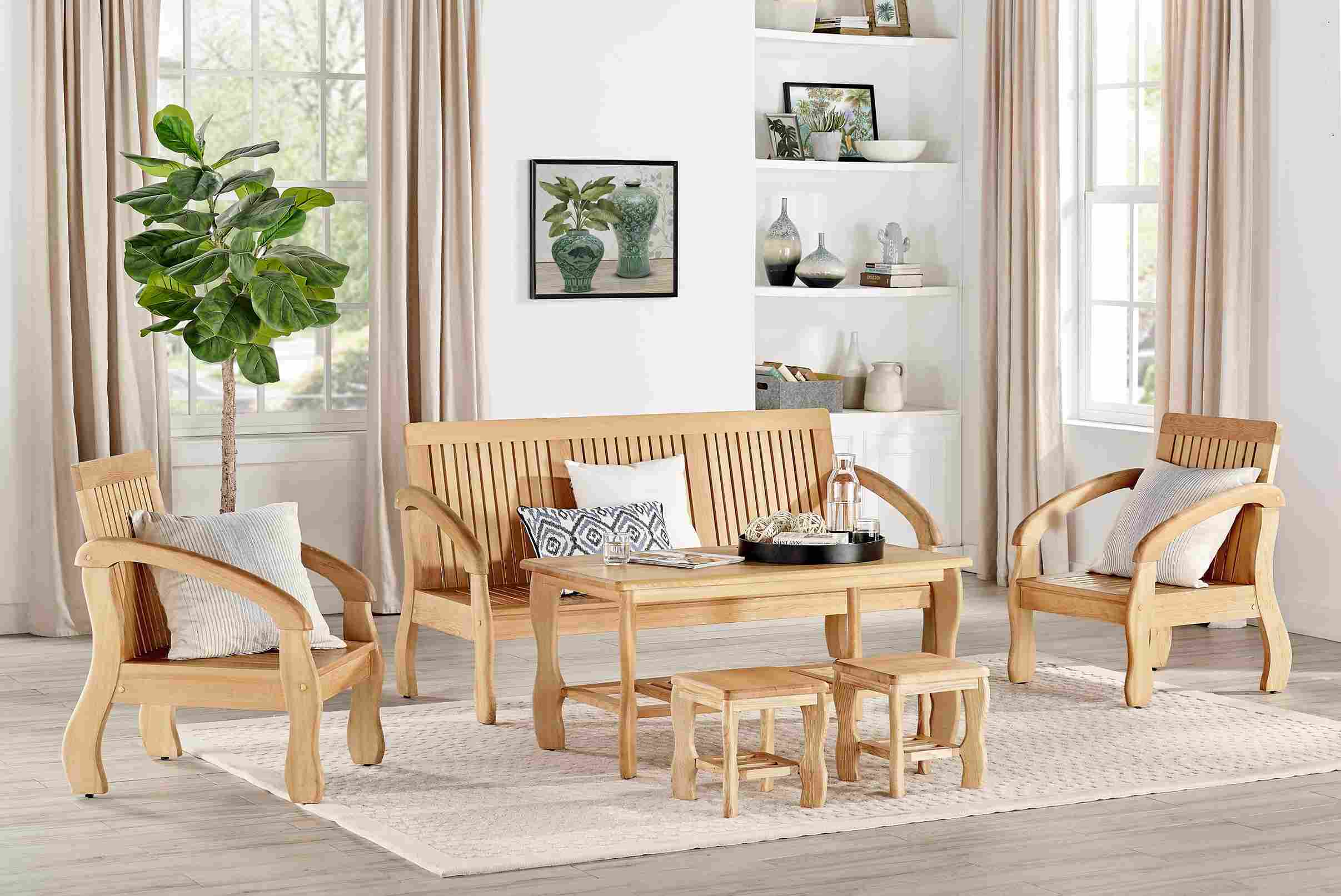
Studies have shown that when individuals get in contact with nature, they heal. They experience neurological, physiological, and psychological changes that help them cope with stress. In addition, it also lowers blood pressure, promotes relaxation and positive moods, and improves concentration.
Wood is one of the most popular natural elements in creating a biophilic design. The calming effect of wood on people is one of the main reasons why biophilic designs are becoming trendy. Due to its hypoallergenic properties, wooden interiors can improve indoor air quality which invariably has a positive impact on stress levels.
| Also see: A new espresso bar in Jaipur steals the show with Canadian Wood |
Aesthetics that motivate

Although wood gives off a cosy, warm feeling, its aesthetic appeal extends beyond that. People who live or work in wood-enhanced environments have reported feeling inspired by the aesthetics and energised to do more. Home interiors that are high on wood decor not just bring down stress levels but also boost productivity, optimism, and healthy well-being.
One of the significant benefits of using wood in interiors is that people enjoy its look, feel and aroma as compared to machine-made materials. Additionally, using wood in construction increases the credibility of the developer, designer, and builder, as well as the organization’s environmental responsibility and compliance with the coveted LEED Certification.
According to public health experts, the health and productivity benefits of working in green-rated spaces are linked. The job satisfaction and performance levels of employees increase when they work in green-rated spaces. Employees in green-certified buildings have better cognitive functioning than those in conventional buildings due to improved environmental quality.
There is growing evidence that wood interiors in homes, schools, and hospitals are good for people’s health and well-being. Wood has restorative qualities, which improve patient recovery. Students in classrooms with wood interiors experience less stress and achieve better learning outcomes.
Making sound sense
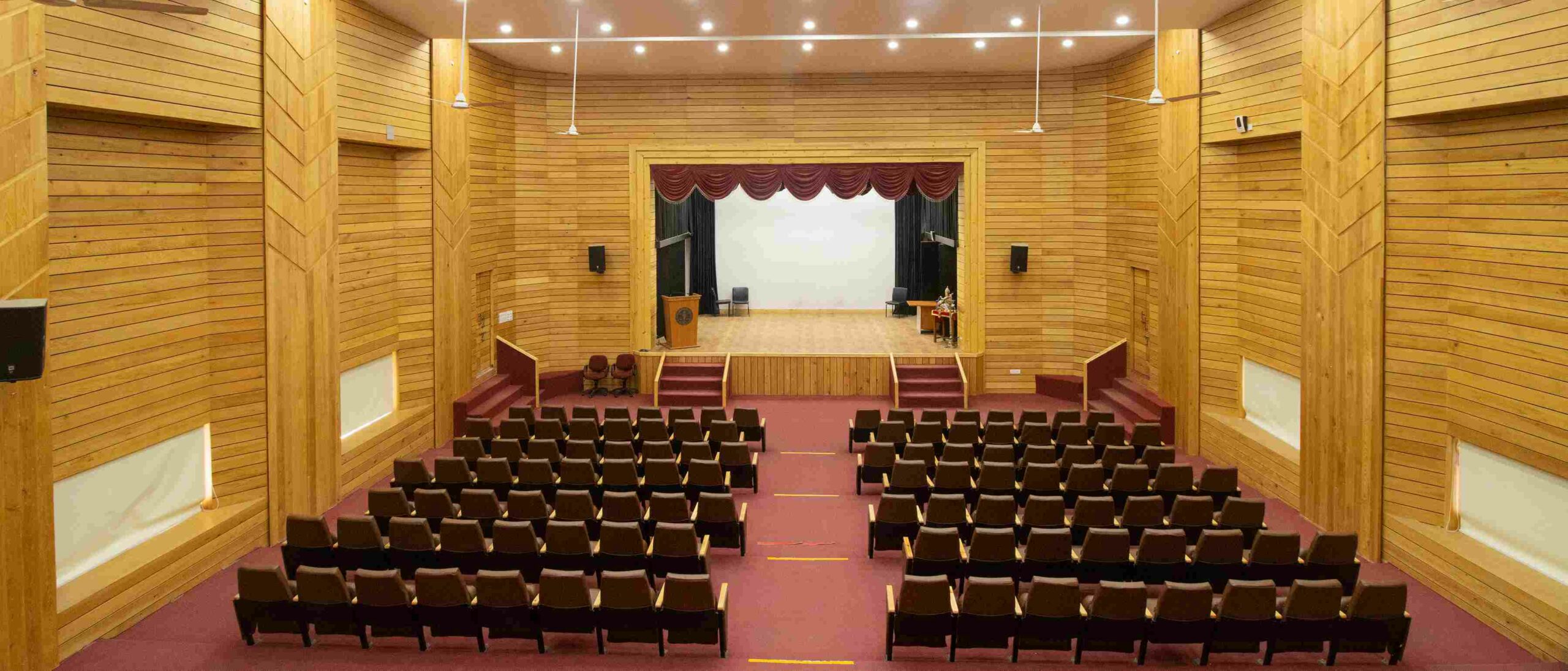
When it comes to sound, wood has a dual effect – it can absorb as well as deflect it. When it comes to acoustics and musical instruments, wood can enhance the sound or control and isolate it in terms of architecture.
Due to its sound-absorbing/deflecting properties, real estate developers utilise wood to add value to their projects. They employ these qualities especially when creating concert halls and auditoriums, as well as while designing a restaurant’s interior.
Adapt to any biophilic environment
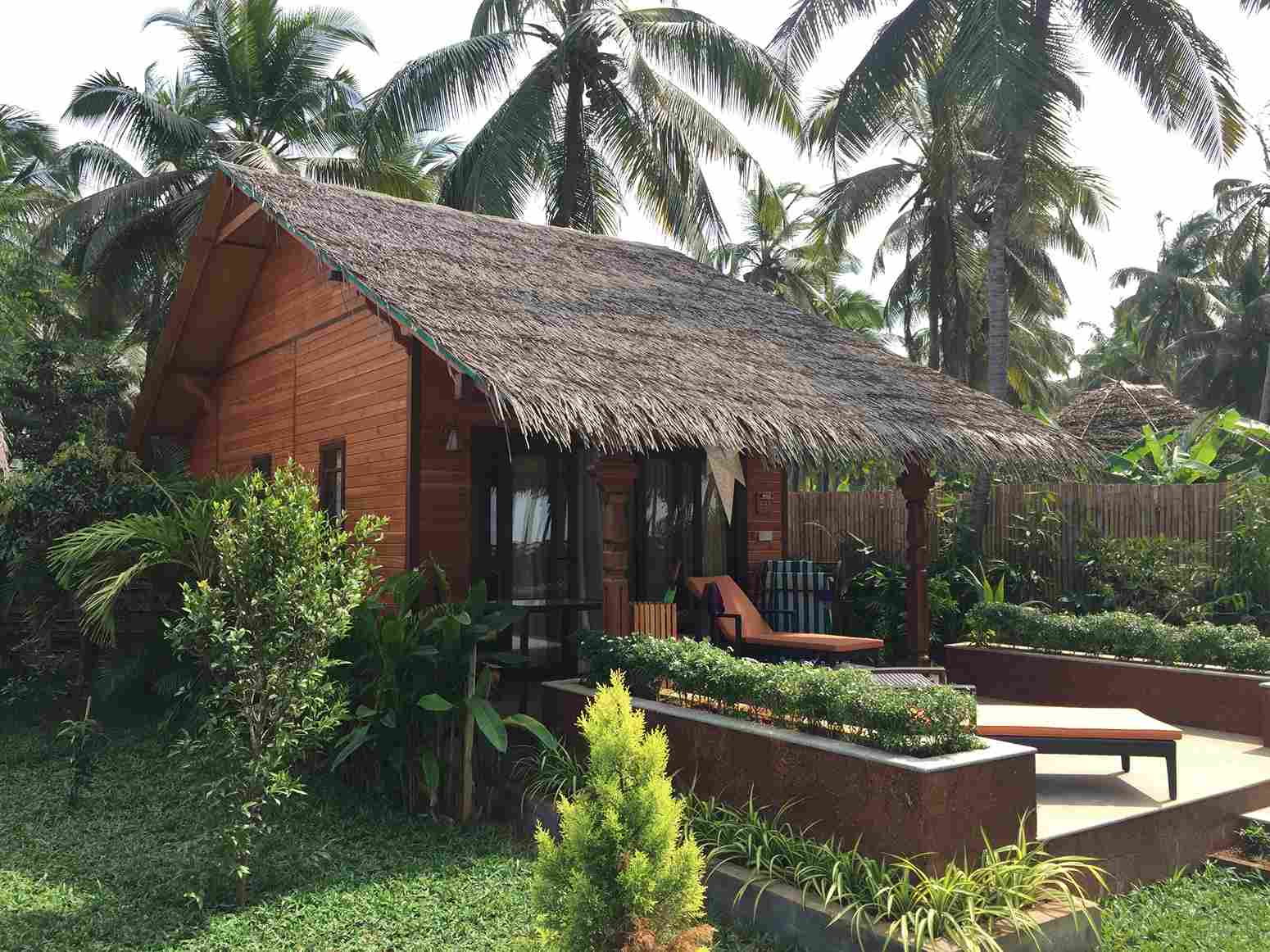
Wood has a unique ability to adapt to any climate – heat, cold, rain or even snow. It has thermal fluidity that ensures stability in temperature. A natural insulator that can retain heat when the temperature drops, and even more so with infill in a double-walled wood house. Similarly, it keeps interiors from overheating in the summer and reduces humidity, especially during the monsoon season. Utilizing this trait to its fullest will help you save energy, break reliance on appliances and gadgets, and control energy consumption and expenditure.
Offers a healing touch

Wood is a calming natural element that plays a vital role in healing. Knowing this healing ability of wood, real estate developers embraced the biophilic trend in building healthcare centres, incorporating wood into their designs. The presence of wood in the decor speeds up the recovery process of the ailing. According to research, patients felt connected to nature in hospitals with wooden ambience and recovered faster than those without wood elements.
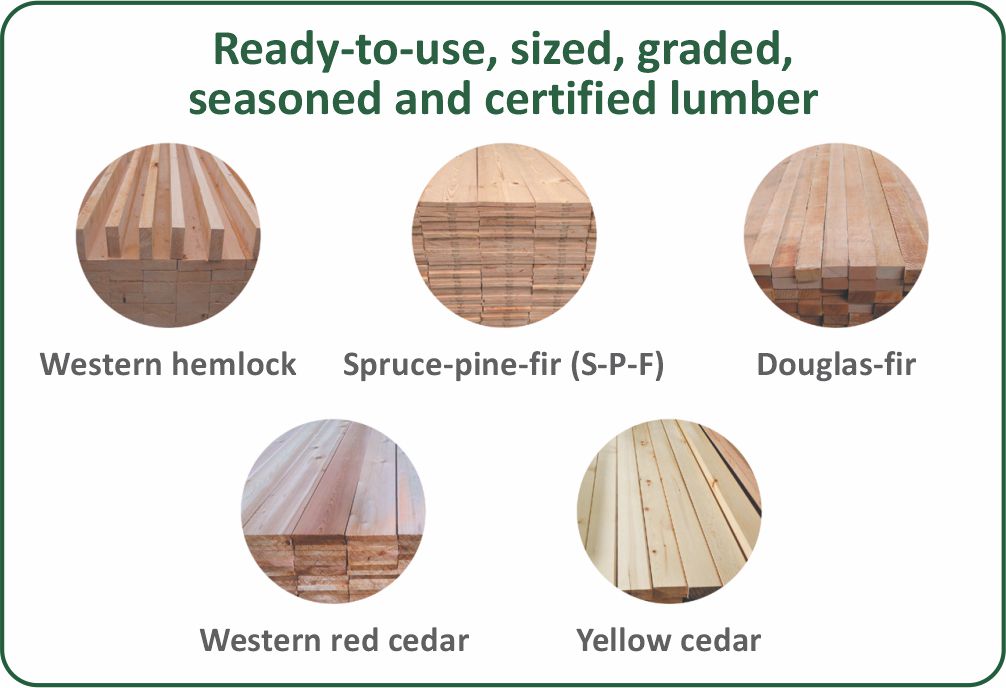
The Canadian government has made a commitment to achieving net-zero CO2 emissions by 2050 in order to mitigate the worst effects of climate change. This goal will require support and participation from all facets of society, including the interior design and construction industries. British Columbia is in a great position to keep leading the way by using wood in construction. According to research from a variety of disciplines, wood is good for the environment, people, and organisations.
Consequently, if you’re thinking about choosing to live a biophilic lifestyle, start by using Canadian Wood timber and wood products. They are made from legally harvested trees from certified forests that are sustainably managed. The fact that there has been no deforestation in Canada in more than 30 years makes it a global sustainability leader.
About Forestry Innovation Consulting India Pvt. Ltd. (Canadian Wood)
FII is a crown corporation of the government of British Columbia (B.C.), Canada’s western most province. Its brand/logo, Canadian Wood, was created in 2013 to make its activities more easily understood by its target audience. FII is mandated to promote B.C. Canada’s forest products in the overseas markets. The company provides handholding and technical support to the Trade and Manufacturers in India, besides sharing best practices and educating the market about its 5 distinct Canadian wood species, their properties, and applications, in addition to helping them source lumber (sawn wood) from B.C. Canada. On the other hand, FII introduces potential clientele to the Canadian lumber companies interested in doing business in India. It must be highlighted here that all Canadian wood species are legally harvested and certified from sustainably managed forests, so if you’re looking forward to embracing biophilic living, incorporate Canadian Wood into your interior and structural designs.











